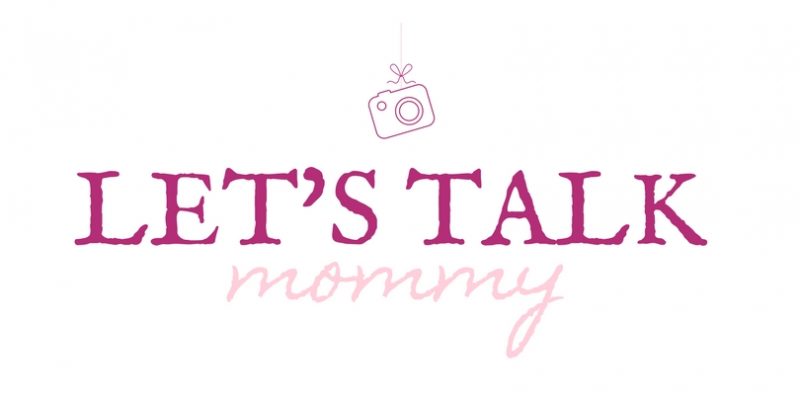
Stretching, a common physical activity, has a vast array of potential benefits. Its purpose ranges from preparing the body for strenuous activities to enhancing flexibility and relieving tension. Yet, a number of misconceptions about this practice have surfaced over the years, causing confusion and misguided approaches. This article aims to clarify these misconceptions, offering valuable insights to help you stretch more effectively.
The Concept of No Pain, No Gain
Often, people believe that stretching must hurt to be effective. This is not the case. When you stretch, your body should feel a gentle pull, but not pain. Stretching past your comfort zone can lead to injury and muscle damage. So, remember, stretching is not a test of endurance.
Is Stretching Only for Athletes?
Another common misconception is that stretching is solely for athletes. Anyone, regardless of physical condition or age, can benefit from regular stretching. Whether you’re a seasoned athlete or a deskbound professional, including a simple stretching routine in your daily schedule can promote better posture, alleviate muscle tension, and enhance mobility.

Stretching Before Exercise
It’s widely believed that stretching prior to a workout reduces the risk of injury. Current research, however, suggests otherwise. Static stretching (holding a stretch for a prolonged period) pre-workout may hinder performance. Dynamic stretching (moving parts of your body and gradually increasing reach or speed) is a better choice before exercising, saving static stretches for your cool-down period.
Frequency of Stretching
A pervasive thought is that occasional stretching is enough. Yet, consistency is key in maintaining flexibility and mobility. Regularly incorporating stretches into your fitness routine helps keep your muscles supple and ready for physical activities.
Stretching Reduces Muscle Soreness
While it may seem logical, stretching does not directly prevent muscle soreness or delayed onset muscle soreness (DOMS). Stretching does, however, increase blood flow, potentially aiding in the recovery process post-exercise.
The article aims to shed light on some prevalent misconceptions about stretching. Nevertheless, more detailed instruction and guidance can be beneficial to get the most out of this practice. For this purpose, various stretching videos are available online that can guide you through the process and ensure you’re stretching safely and effectively.
All Muscles Should be Stretched Equally
The belief that every muscle should be stretched equally is a misconception. Each person’s body is unique, and so are their flexibility needs. You may need to focus more on certain areas that are tighter or more involved in your particular activities or workout routine.
Stretching is Time-Consuming
Many people assume that stretching requires a significant chunk of time, but this is not necessarily true. Even a brief stretching routine, done consistently, can have positive effects. Don’t let time constraints deter you from incorporating this beneficial practice into your life.
The Myth of Losing Weight Through Stretching
The idea that stretching exercises contribute directly to weight loss is prevalent, yet misleading. While it’s true that any physical activity, including stretching, can burn calories, the number is generally insignificant compared to high-intensity workouts or strength training. The primary role of stretching is not to aid weight loss, but to increase flexibility, enhance performance, and promote recovery.
Does Stretching Always Improve Performance?
It’s a common belief that stretching invariably improves athletic performance. However, this assumption isn’t always accurate. The effectiveness of stretching largely depends on the type of activity you’re preparing for. For strength and power activities, static stretching may decrease performance if done immediately beforehand. Dynamic stretching, on the other hand, can be more beneficial before such activities. Knowing the right type and timing of stretching for your activity can make all the difference.
Stretching as a Standalone Activity
Another myth is the belief that stretching alone is sufficient for maintaining physical health. Although stretching has numerous benefits, it’s only a single component of a balanced fitness program. Regular cardiovascular exercise, strength training, and a healthy diet are all vital aspects of overall health. Therefore, while stretching should be an integral part of your routine, it shouldn’t be the only element.
Conclusion
The path to a better understanding of stretching is paved with many misconceptions. By debunking these myths, we can approach stretching with a more informed and effective mindset. It’s important to remember that stretching is not a one-size-fits-all activity. Individual needs vary greatly, and what works best for one person may not work for another. Therefore, it’s vital to find a routine that fits your unique needs and preferences. Armed with accurate information and a commitment to consistent practice, you can unlock the many benefits stretching has to offer.
Image Credit






